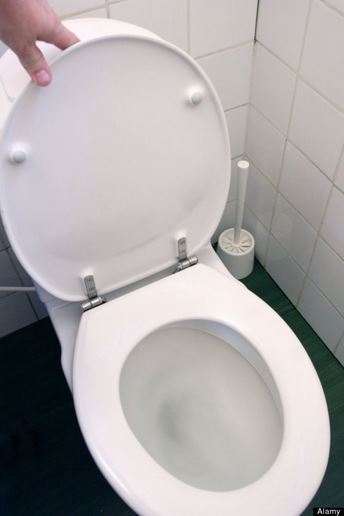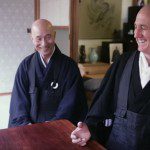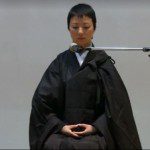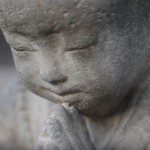 This comes from a story from 2010, but was revived recently in a list of strange divorce customs around the world at the Huffington Post. According to HuffPo:
This comes from a story from 2010, but was revived recently in a list of strange divorce customs around the world at the Huffington Post. According to HuffPo:
One Japanese temple lets visitors flush a failed marriage down the toilet… literally. At the Mantokuji Temple, located in Gunma Prefecture in central Japan, visitors rid themselves of bad relationship karma by writing their breakup wishes on a piece of paper and flushing them down the toilet, according to Reuters.
The temple was historically a refuge for women looking to escape unhappy marriages, the temple museum’s director, Tadashi Takagi, told The Telegraph in March 2010.
The temple is one in the Soto Zen tradition which has branches in the United States. This was also the subject of a scholarly article:
Severing the Karmic Ties that Bind. The “Divorce Temple” Mantokuji
Diana E. WrightMonumenta Nipponica
Vol. 52, No. 3 (Autumn, 1997), pp. 357-380 (JSTOR link)
Just why Mantokuji and Tokeiji [the other “divorce temple” in Japan] modified their original convent activities to include divorce procedures remains in dispute. The traditional interpretation has been that changes were altruistic responses to the feudal nature of Tokugawa society having become particularly oppressive for women, with their position vis-a-vis men being dramatically weakened. Re-evaluation of Tokugawa social history, however, indicates that Tokugawa women were not without socio-economic influence, suggesting the need to reconsider the nature of the role of the convents as “divorce temples.” (Wright)
Wright states that, “Mantokuji did not accept petitions for a second temple-negotiated divorce. The reasoning behind such a stance was that only an “evil” wife would seek refuge with the temple twice. By doing so, she was held to be taking advantage of the Buddha’s infinite compassion…”
Finances
Mantokuji apparently only charged reasonable ‘maintenance’ costs covering food and other essentials for the period when the woman was staying at the temple. However, Tokeiji extracted large one-time ‘donations’ from women seeking asylum and divorce services.
‘Engaged’ Buddhism (oh, bad pun)
In concluding her paper, Wright notes that “it becomes clear that these convents were not merely religious retreats; they were, in fact, important social institutions intimately involved with secular society around them.” We see this creative involvement today as well, with the introduction of the toilet (it’s not mentioned in Wright’s paper) as a symbol for breaking the karmic binds of the bad relationship – or whatever else you’d like symbolically to flush away…
You can read more about engaged Japanese Buddhism here with an interview I did with the head of Shinnyo-en earlier this year.












